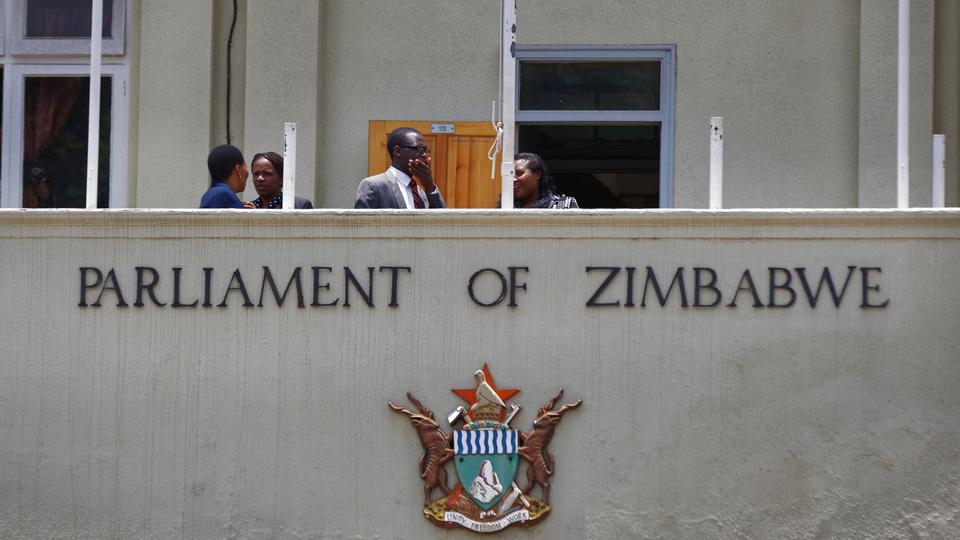
RURAL women still have a low intake of family planning contraceptives compared to their urban counterparts despite a general use increase from 59% in 1994 to 65% to date.
BY VENERANDA LANGA
The issue came out yesterday in Kadoma during a workshop for eight parliamentary portfolio committees to discuss family planning and sexual reproductive health issues by the Population Services Zimbabwe (PSZ) and the Zimbabwe National Family Planning Council (ZNFPC).
ZNFPC executive director Munyaradzi Murwira told MPs that 71% of urban married women aged between 15 and 49 years were on contraceptives compared to 63% of their rural counterparts.
“Areas with the lowest intake of contraceptives are Manicaland (57%), Matabeleland South (60%) and Masvingo (61%), while the highest intake is in Mashonaland West and Bulawayo at (71%), and Harare at (70%),” Murwira said.
“The most common method used is the pill, followed by injectables and implants whose use increased from 3% in 2010 to 10% in 2015, but there are 10% of women that are married but have unmet needs of family planning.”
Murwira disclosed that 22% of women aged between 15 and 19 years were already child-bearing, 17% of which were already mothers and 5% in their first pregnancies.
He said in 1988 the average number of children born by Zimbabwean women was six, but it had now gone down to four (2015), with the highest number of children born in rural areas compared to urban areas.
- Chamisa under fire over US$120K donation
- Mavhunga puts DeMbare into Chibuku quarterfinals
- Pension funds bet on Cabora Bassa oilfields
- Councils defy govt fire tender directive
Keep Reading
“The lowest number of children per couple is found in Bulawayo (two to three children) compared to five children in Manicaland.” On teenage pregnancies, Murwira said the prevalence was twice more in rural areas compared to the urban areas. He said the prevalence had, however, declined from 15% in 1994 to 10% currently.
“Mashonaland Central has 31% teenage pregnancies, followed by Matabeleland South 30%, Manicaland 28%, Matabeleland North 26% and the lowest teenage pregnancies being recorded in Harare 10% and Bulawayo 10%.
He said the low intake of contraceptives in Matabeleland South and Masvingo could be attributed to the fact that the women might not find it necessary to take them since the majority of their husbands work in South Africa and Botswana, while the teenage pregnancies could be attributed to the way society is now socialised and social media use by youths.
PSZ country director Abebe Shibru said family planning was imperative as it curbs maternal mortality and unnecessary deaths due to abortions and unwanted pregnancies among other advantages.
“Governments that invest $1 on family planning can save $6 that can be spent on improving on health, housing, water, sanitation and other public services,” Shibru said.
ZNFP technical director Nonhlanhla Zvangobani said government had not been forthcoming in terms of budgetary support for family planning services since 2013.
Zvangobani said there was need for an increase in the family planning budget from 1,74% to 3% to avoid donor dependency syndrome.
Some MPs said family planning might be a ploy by developed countries to reduce African populations, but Health ministry official Brighton Muzavazi said contrary to the belief, family planning investments save life and promote development and prevents deaths due to unwanted pregnancies.











